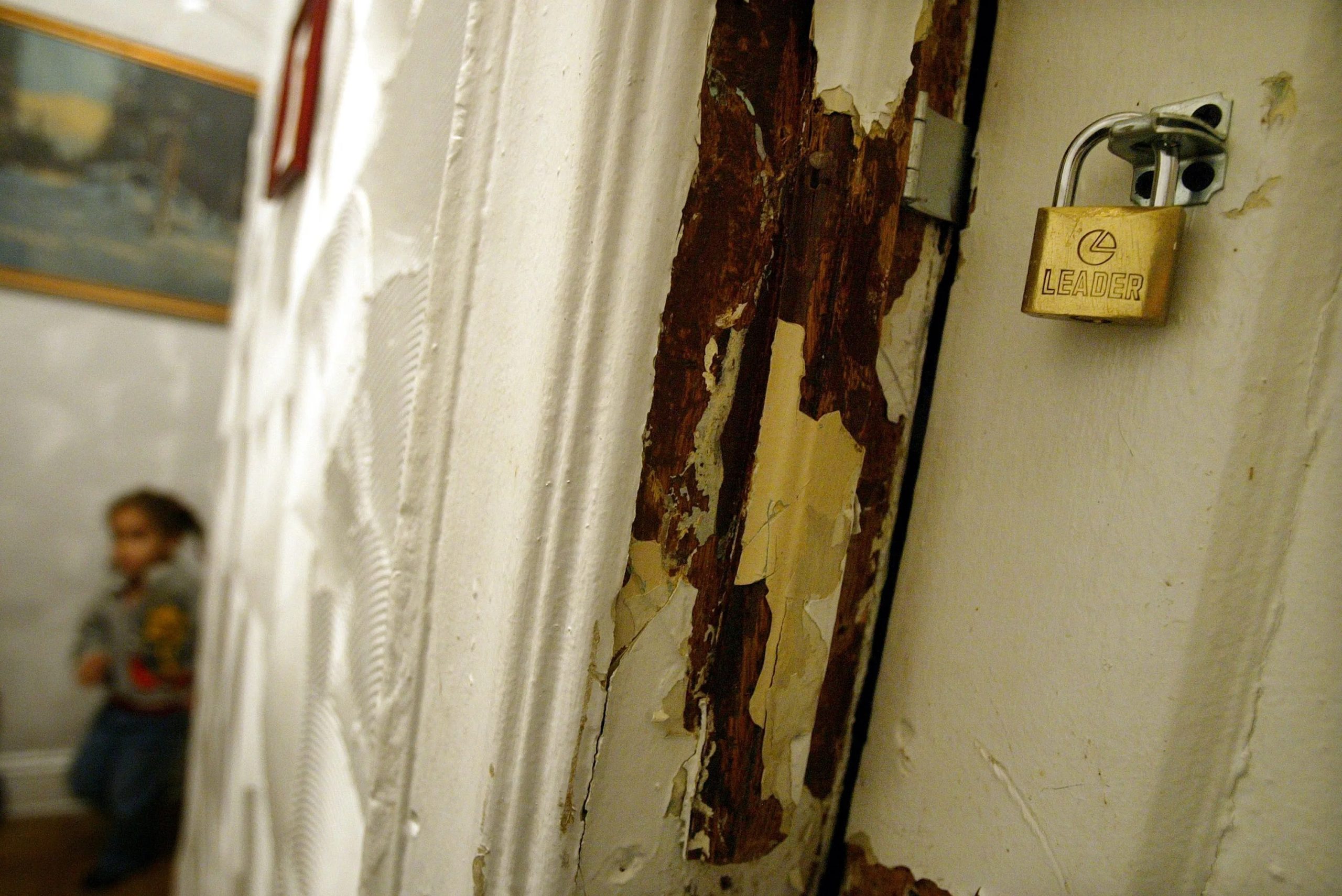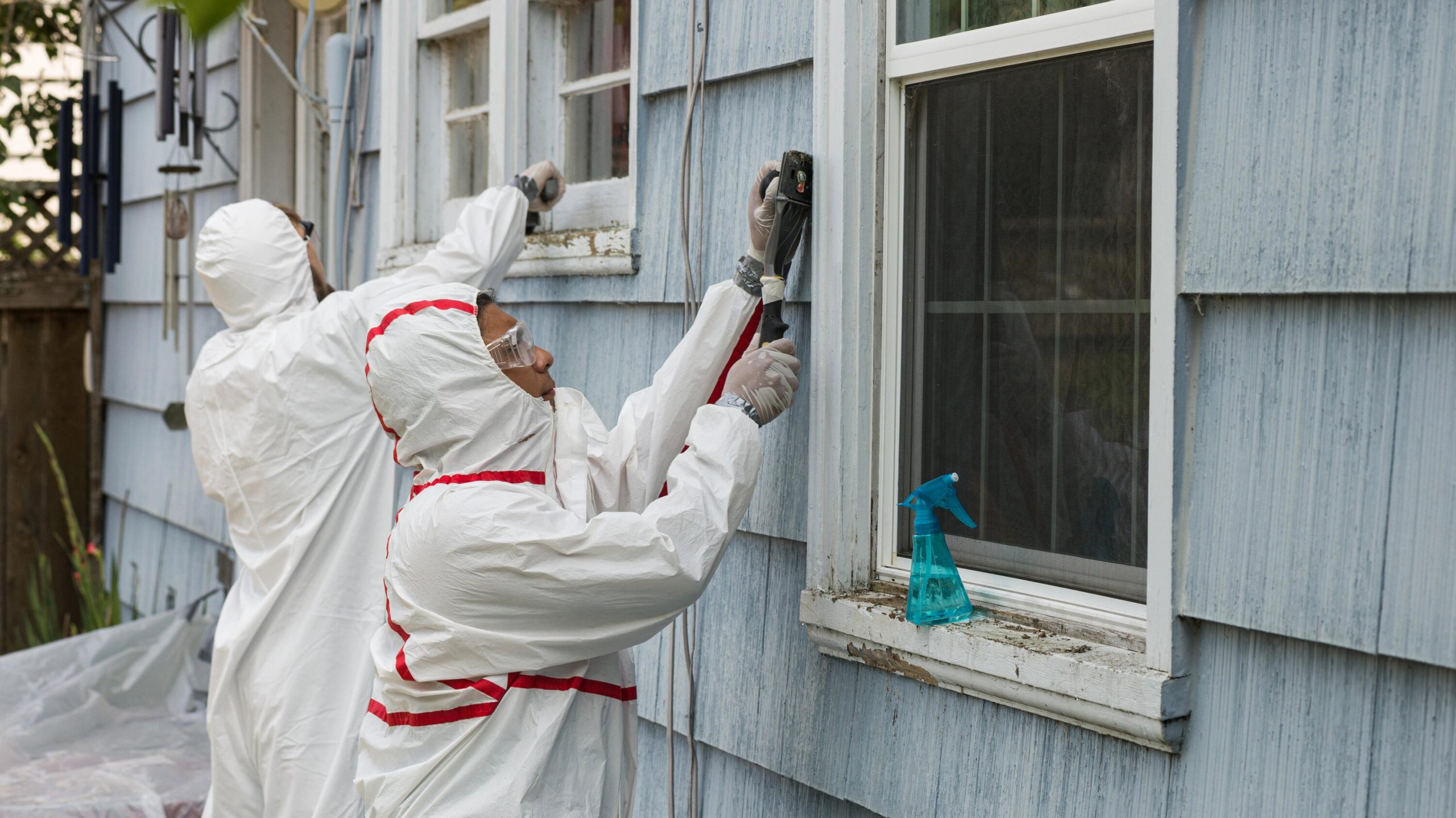A recent study highlights that lead inspection and abatement efforts in public housing are making strides in reducing residents’ lead exposure risks. This development offers hope to the U.S. Department of Housing and Urban Development (HUD), suggesting that decades-long initiatives to address high lead levels are bearing fruit.
Conducted by researchers from Columbia University Mailman School of Public Health and Tufts Medical Center, the study utilized data spanning from 1999 to 2018 to analyze blood lead levels of residents in federal housing and those presumed to be in low-income private housing.
The findings revealed that individuals in HUD housing exhibited blood lead levels 11.4 percent lower than those waiting for housing assistance, with the elderly experiencing even more reductions.

The presence of lead-based paint in older housing complexes has been a long-standing issue, with a 1995 Environmental Protection Agency survey finding it in most public and private housing built before 1980.
However, regulations initiated in 1987 mandated full lead inspections in public housing, followed by active lead-based paint removal requirements in 1992 under the Residential Lead-Based Paint Hazard Reduction Act.
This study underscores the impact of these regulations, particularly benefiting Black and Hispanic households and female-headed households, which constitute a large portion of HUD assistance recipients.
Lead exposure, known to cause learning and developmental delays, poses risks, especially to young children, through dust and paint chippings.

Despite improvements, lead exposure remains a critical public health issue, with millions of homes still containing lead-based paint. Recent scrutiny of public housing authorities for inadequate lead management underscores ongoing challenges, highlighting discrepancies in safety across different housing assistance programs.
The voucher program, offering federal subsidies for renting in the private market, showed the least protection against lead exposure. This suggests that stricter inspection policies in public housing may not extend to voucher units, which are often subject only to visual inspections rather than the comprehensive testing required for public housing.
The 2018 Government Accountability Office report criticized HUD’s lead mitigation efforts and recommended improvements, including exploring new inspection methods for voucher units. While HUD is piloting new risk assessment methods, comprehensive action awaits congressional approval.
Amid an affordable housing crisis, the need for safe housing intensifies as rents soar and the public housing supply dwindles. This situation emphasizes the broader challenge of ensuring affordability and safety, with lead contamination representing just one facet of low-income families’ housing quality issues.


